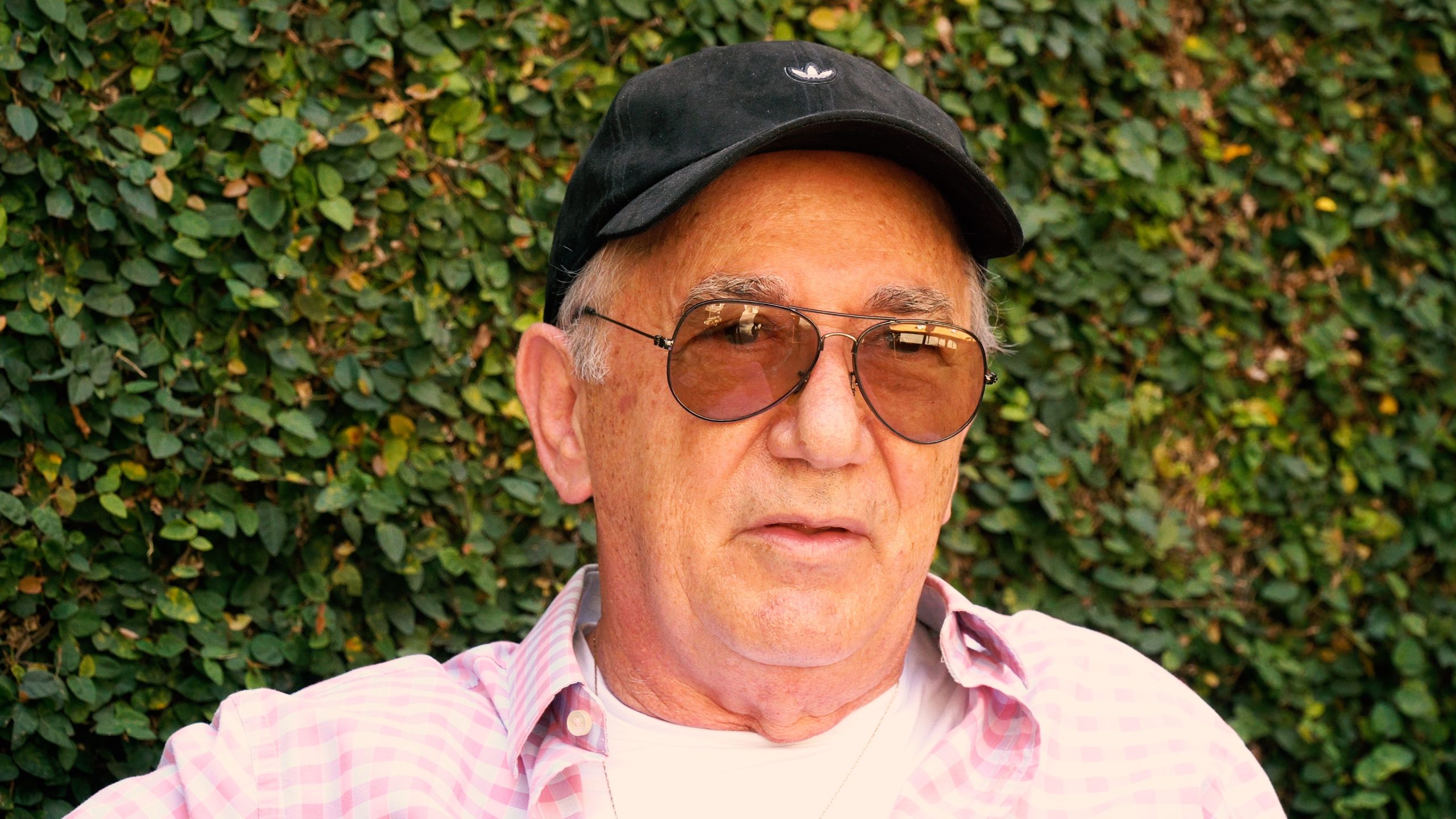IMS, Equipe. A frame for Clarice Lispector. IMS Clarice Lispector, 2021. Disponível em: https://site.claricelispector.ims.com.br/en/2021/09/16/a-frame-for-clarice-lispector/. Acesso em: 13 December 2025.
In the 1960s, the Spaniard Jaime Vilaseca was a carpenter in Rio de Janeiro until a fateful encounter with Clarice Lispector, for whom he had gone to make a bookcase in her apartment in the Leme neighborhood. The writer had silently watched him working during those days, and when the furniture was finished, she looked at him and said: “You’re going to be a framer.” Faced with the man’s hesitation, she completed the prediction: “You won’t escape your destiny!” Since then, for over fifty years, Jaime Vilaseca has lived off this profession, for which he is renowned, besides having become a curator and owner of an art gallery. In this conversation with the poet Eucanaã Ferraz, the framer talks about his friendship with Clarice Lispector and tells his stories that served as a source of inspiration for texts by the writer, such as the famous short story “The First Kiss,” from the book Covert Joy.
See also
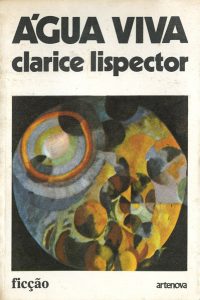 by Elizama Almeida
by Elizama Almeida
In 1970, Clarice Lispector started to write a work that would come to be called Água Viva. Published at the end of August 1973 by Artenova, what follows is a manuscript.
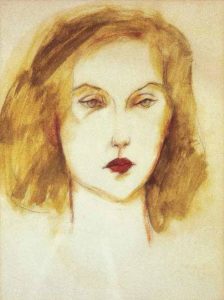 by Clarice Lispector
by Clarice Lispector
I spent an unforgettable weekend in Cabo Frio, hosted by Scliar who painted two portraits of me. Scliar’s house is very beautiful. Cabo Frio inspires Scliar. I asked him about so much creativity.
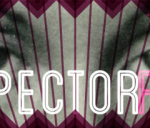 by Elizama Almeida
by Elizama Almeida
Every year the University of Tennessee prepares AuthorFest, a series of activities to celebrate the work of a single author. In its second edition, AuthorFest paid tribute to Clarice Lispector.
 by Equipe IMS
by Equipe IMS
The film Clarice's Days in Washington captures a very different and decisive moment in the life and work of the writer, when she lived in the American capital with her family, between 1952 and 1959. In addition to a significant number of unpublished photographs – which record her domestic environment and interactions with friends – there are precious images filmed during a public event, in which the writer, her husband Maury Gurgel Valente, their son Paulo, in addition to friends of the couple appear.
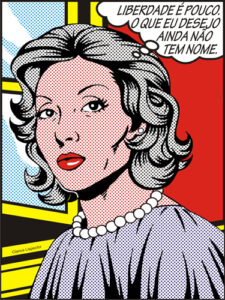 by Elizama Almeida
by Elizama Almeida
According to a survey done by YouPIX in June 2012, Clarice is the most quoted writer on Twitter. Every day more than 3.5 thousand phrases by the author – or attributed to her – are posted on there.
 by Elizama Almeida
by Elizama Almeida
Celebrated in Argentina, New York, and Paris, 2016 Clarice’s Hour was divided last year between the themes of epistolary and translation.

